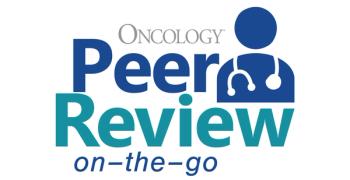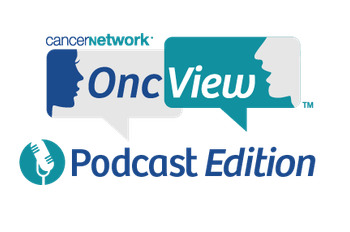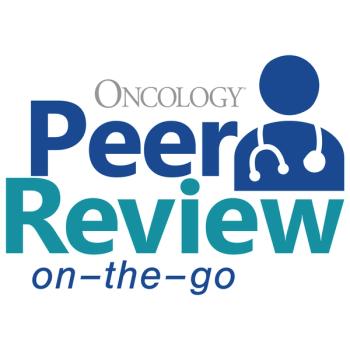
Breast Cancer
Latest News
Latest Videos

Podcasts
CME Content
More News

Erika Hamilton, MD, gave an overview of evolving therapies and recent trial updates for patients across breast cancer subtypes.

Combining ADCs has shown a potential improvement in survival, but it may also come with increased toxicities.


Cross-resistance makes it important to determine sequencing options across antibody-drug conjugates for patients with breast cancer.

Patients with node-negative disease who are older and have comorbidities may not be suitable to receive CDK4/6 inhibitors.


Heather McArthur, MD, focused on current and future strategies for treating early-stage breast cancer.

An observed carryover effect with CDK4/6 inhibitors may reduce the risk of recurrence years after a patient stops treatment.

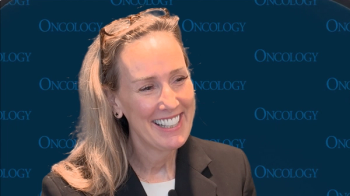
In a discussion at IBC East, Heather McArthur, MD, highlighted how immunotherapy is being utilized for patients with early-stage breast cancer.



Use of TumorSight Viz may support improved consistency, precision, and efficiency in breast cancer surgery.

Heather McArthur, MD, spoke about the use of CDK4/6 inhibitors in the adjuvant setting for patients with HR+/HER2– breast cancer.




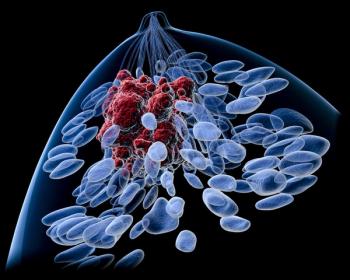
Patient-reported satisfaction was higher in patients with breast cancer treated with olanzapine vs those who underwent treatment with placebo.

Survival benefit was observed in heavily pretreated populations, including those who progressed after checkpoint inhibition and antibody-drug conjugates.


Phase 3 data affirm the use of partial-breast intensity-modulated radiotherapy as a standard of care in patients with low-risk early-stage breast cancer.












